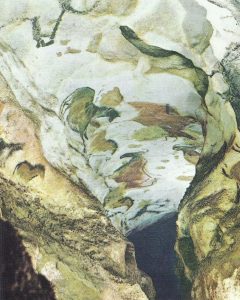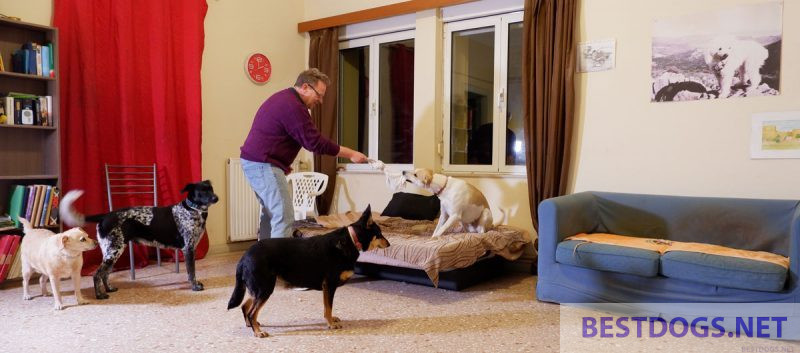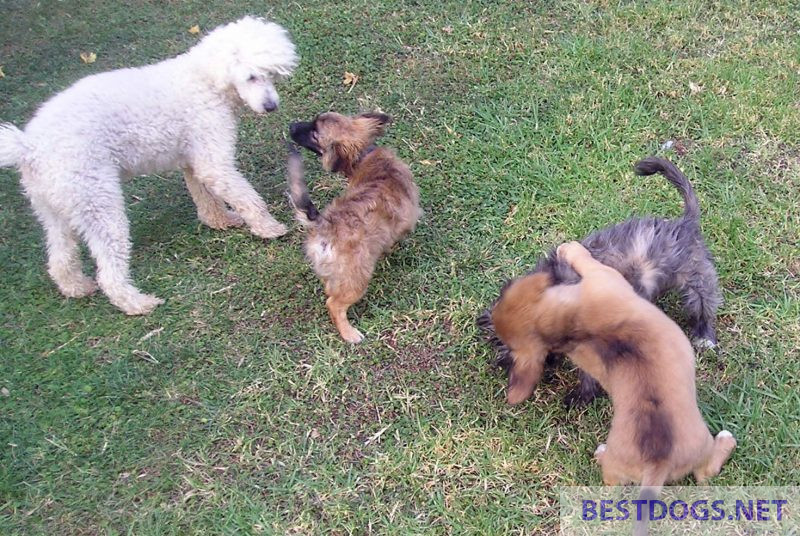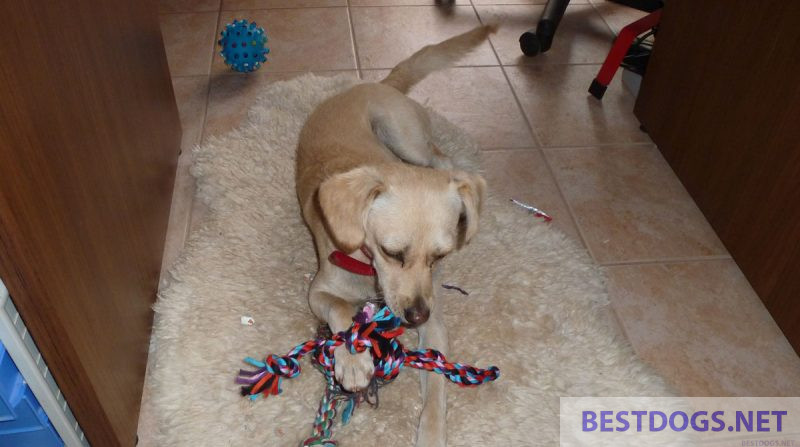No other animal species is so closely related to humans as the dogs. The Domestication as domestic animal lies already more than 12,000 years in the past.
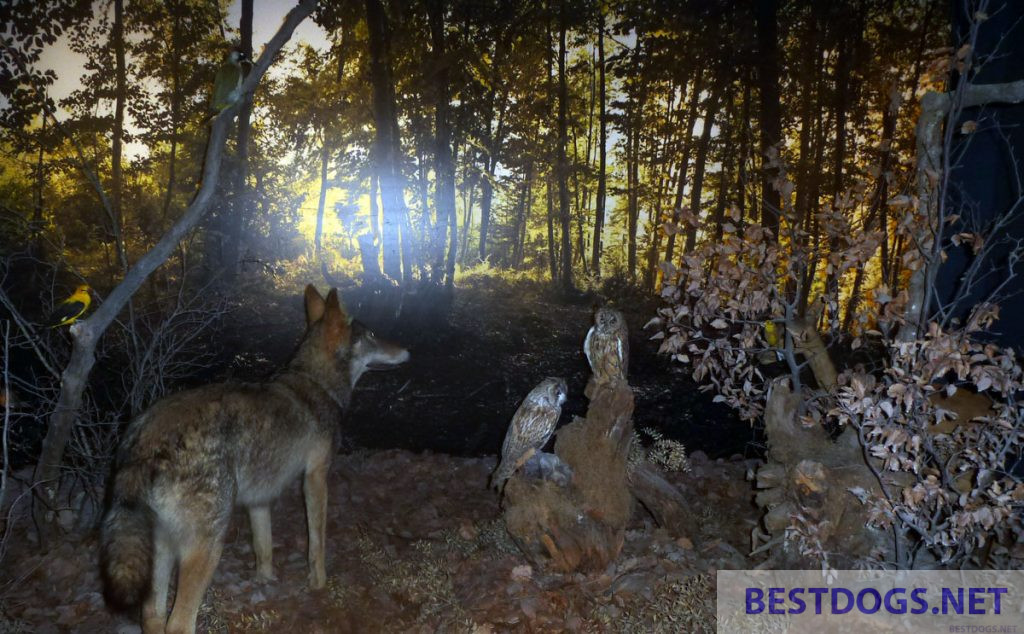
During these thousands of years our dog has adapted almost perfectly to life in human civilization. Nevertheless, the dog, which originally came from the wolf, is still a predator. However, through selection during breeding it has lost some of the most unpleasant characteristics of its wild ancestors.
The history of dogs and humans
Table of Contents
Since the early days, drawings, paintings, songs, poems, folklore and even different religions prove the importance of these animals in the lives of our ancestors. They were hunting helpers, warriors, helped farmers and shepherds, transported loads and pulled sledges and even small carts, guarded the farm and helped in rescues or searches.
However, they were also on the menu in the Stone Age, and in exceptional situations they were still on the menu until more recent times and in some parts of the world, unfortunately.
The Egyptians at the time of the Pharaohs had their faithful dogs buried at their side and among the Hindus there is still the belief today that someone who treats a dog badly will be reborn as a dog as well.
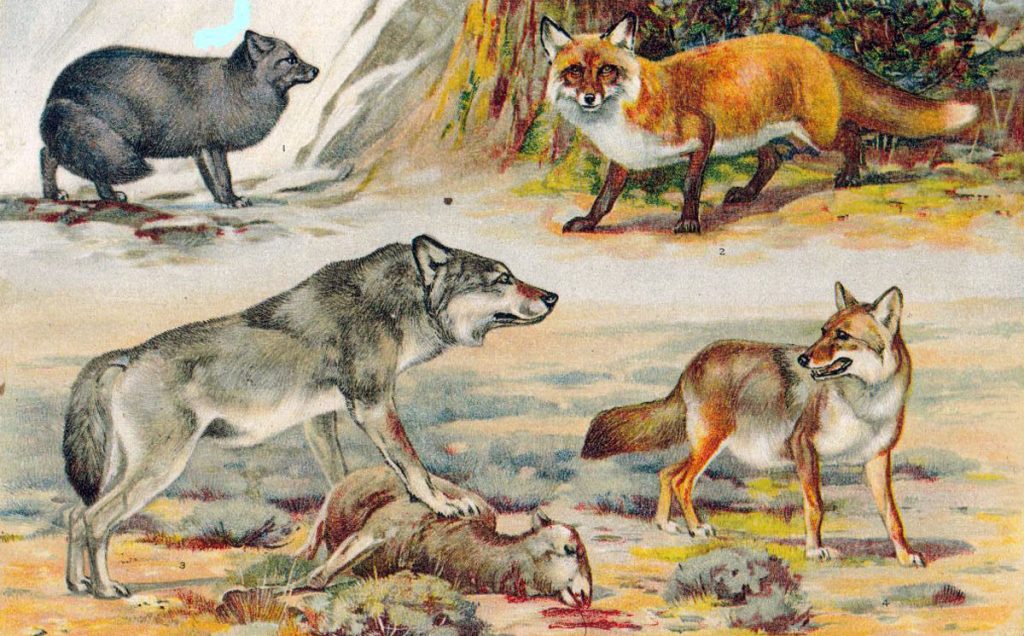
In our age, the dog also serves as the main character or backdrop in various works of literature, art or cinema and television films. The importance of our friend on four paws is increasing in society all over the world.
We also call the annual heat period between the end of July and the end of August ‘Dog Days’ and during this time the sun rises and sets at the ‘Dog Star’ – Sirius. Astrology also knows the ‘little dog’, which can be seen below the constellation of the ‘Sagittarius’.
When the wolf went to mankind
Domestic animals have accompanied mankind for a long time. Presumably, originally wild herd-animals like sheep and cattle were the first domesticated animals of the early people. These animal species are particularly suitable for this purpose, since they are already used to living together in groups in the wild and to subordinate themselves to a leader. Therefore, they are more easily able to subordinate to humans and live in their ‘herd’.
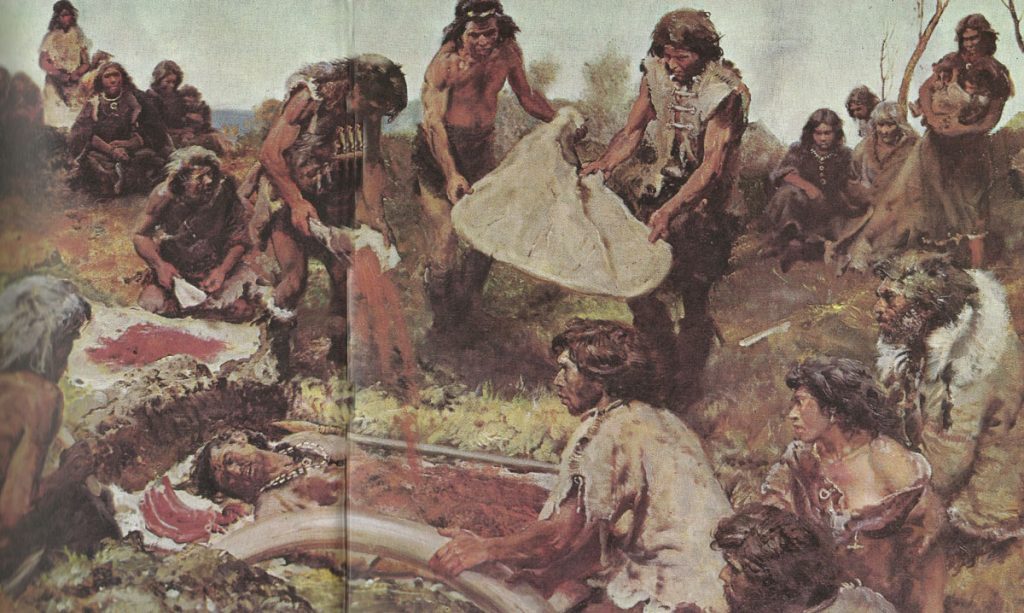
It was not long before the wolf also approached Homo sapiens. At that time the transition from the nomadic gatherer and hunter, the so-called Cro-Magnon man, to the modern type of humans of today took place.
The garbage dumps with discarded food leftovers, bones and meat waste that existed near the human settlements naturally attracted wolves and other wild animals. This was a much more comfortable way for the gray wolf to secure its nutrition than to rush and kill game with great effort.
It will probably not have taken long until some of the shy predators got used to the humans themselves during their habitual visits. But these early humans still had to hunt a large part of their required food.
Despite the hunting strategies their brains had devised and the ever-advancing weapons and tools, the wolf was in some ways superior to them in tracking, chasing and killing game. These ancestors of our dogs were also faster with their fine sensory organs for hearing and smelling and could track and scare up the game much better.
This must have been of course a great argument for the people who could already deal with the ‘guests’ at their garbage places to start domesticating the wolf to an adapted dog.
Nevertheless, it will have taken centuries for man to transform the wild and shy wolf into a reliable helper, housemate and loyal companion. Actually, this process has not yet been completed, even today.
Mankind’s best friend
By which exact circumstance the wolf came for the first time to the human being and became the dog, can be unfortunately only guessed.
Perhaps a young and still adaptable wolf got lost and missed the connection to his pack. Without the leftovers of food at a deserted human camp and the extinguishing fire, he probably would have perished and internalized that humans made it easier for him to survive.
The hunter in turn soon realized that the wolf as a neighbor warned him of dangers at night, since it was clearly superior to him in senses and alertness. So it is conceivable that he tried to keep the animal at its camp place by feed delivery and other efforts.
The wolf again missed its leader and saw in the human being its pack-leader and in the clan its pack. This task sharing proved itself and so there was the first watchdog.
It is also possible that lost cubs of a female wolf were raised by the maternal instincts of a Cro-Magnon woman. Since they were sociable and adaptable, even the adolescent young remained with the humans and slept at their side as in a pack.
As adult animals, they could then be trained for hunting and helped the hunters to find, track and kill prey. Since the wolf and also the dog is most successful in the hunt if it appears in the pack, the human hunters complemented the ‘pack’ welcome.
Presumably, however, the wolf began his career with the human being first as a watchdog, then shepherd and herding dog and finally the hunting dog followed. Also in the oldest writings, the Tanach, the Bible and the Koran, the legend of Nimrod is told, who tied a herding dog to himself for the hunt. Still in the older New Stone Age about 7,000 years ago, they were consumed in any case also still, as food remainders from this time prove.
So, the wolf or later dog was probably neither a part of its usual hunt-loot nor an animal, with whom it must have come frequently to fights. The symbiosis between human being and dog therefore the wolf entered therefore presumably in grey prehistoric times voluntarily and from this the close and trusting partnership as we know it today with our dogs developed.
A great story, how the wolf could have come to humans and thus became a dog, is told in the movie ‘Alpha’.
From wolf to dog
Nevertheless, in every dog the wolf still slumbers and the saying of the ‘wolf in sheep’s clothing’ is not simply said.
How the dog developed from the wolf in the end, one will unfortunately probably never be able to clarify clearly. Probably the wild dog, which was clever and adaptable, developed from the wolf. For an easier and safer life some of them gave up their independence and wildness to join human clans and subordinate them.
The emergence of the house-dog didn’t take place through an individual case but this process began approximately at the same time everywhere in the world distributed, where wolves and humans appeared together. Therefore, there are probably so many dog-races.
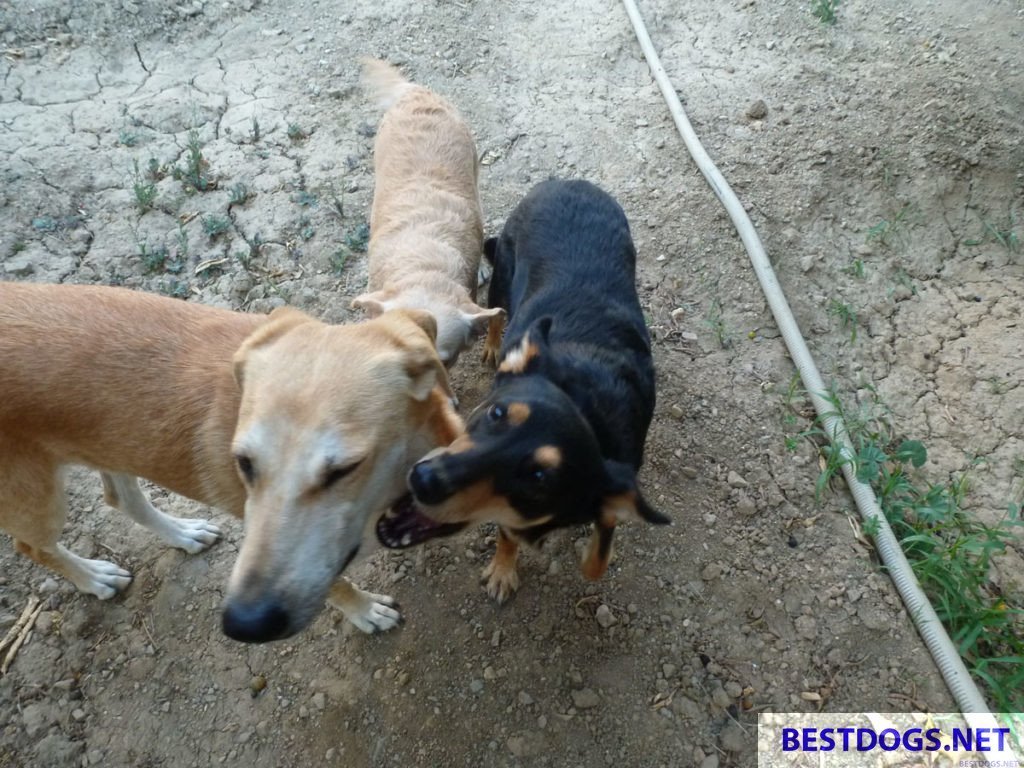
Still our dog has many behaviors of the wild wolf. The wolf pressed the steppe grasses flat before he lay down there. Therefore, also our dog runs first of all at his resting place in a circle.
Our house dog still gobbles down his food without chewing, because in the pack in the wilderness the food intake had to go fast. Our male dog still marks at every street corner and lantern, because the wolf in the nature marked out his territory in this way.
If there is barking in the neighborhood, our dog barks as well, because that’s how the pack made themselves understood. There are different variants, if a stranger approaches the property it becomes warning, uncertain with unclear situation or rejoicing, if master comes.
The howling or whimpering, however, expresses discomfort and stands for boredom, fear, begging or physical discomfort.
The howling leads to a mostly unpopular ‘concert’ in the whole neighborhood. Wolves indicated their location to the pack so and coordinated the common attack on loot-animals.
And if it accepts its human being, our dog subordinates itself to us as the highest leading animal. If not, our dog takes over this post.
The dog of our time
Now the dog has lived closely and intimately with humans for thousands of years. No other animal is idolized and loved so much by us, while it is hated, booted or even abused by others.
Probably because human is so close to the dog and therefore one can always draw conclusions about the character and the nature of his human from it.
Unfortunately, there are still humans also in our environment, for whom animal abuse and chain dogs are nothing unusual, up to the brutal slaughter for the consumption of dog meaty, which is still common in parts of the world.
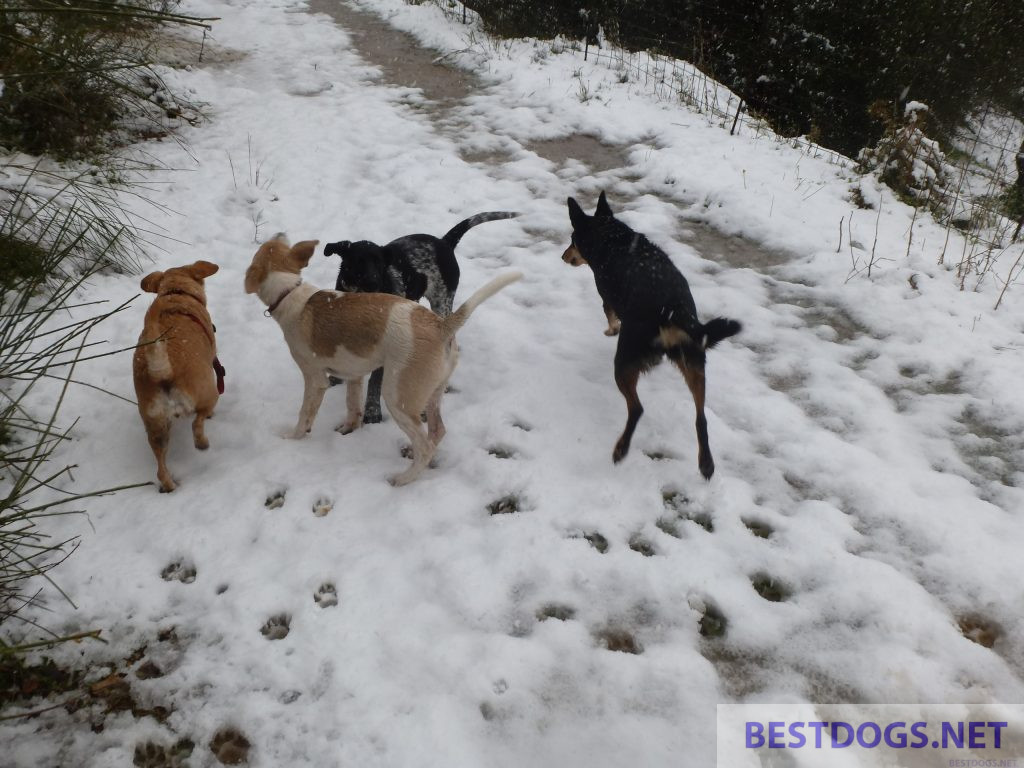
In the early days’ mankind saw himself as a part of nature. Since it nourished them, the early humans taught nature and all living creatures that lived in it the necessary respect. And for many peoples, even in our time, some animals are still sacred.
But with the technical progress, the disappearance of natural habitats, for which a city life has been exchanged, the human orientation towards nature is disappearing more and more.
Thus, today the dog is often seen as a piece of sports equipment or an article of daily use and sometimes as a substitute for children or a partner. It is often forgotten that a dog is still descended from a predator and still has the strong hunting and pack instinct that it inherited from the wolf.


